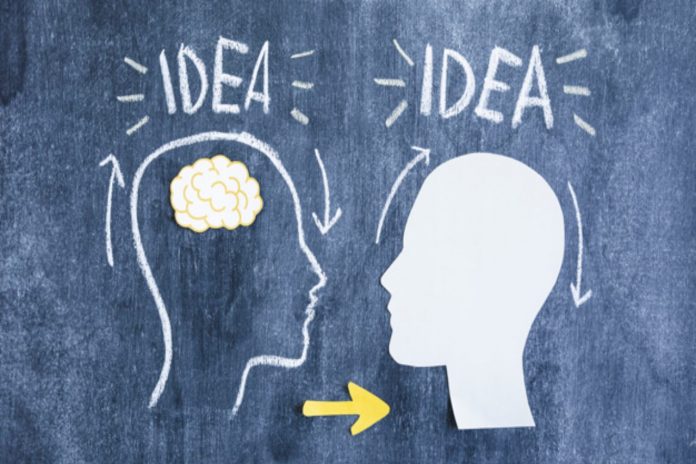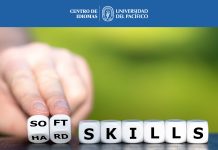We have been told that, especially when learning a language, students need to interact in order to accelerate their learning, a point that has been demonstrated time after time. However, we have also found cases in which students either take longer together or do not show any real improvement. Thus, working in pairs or in groups may not be as useful as it seems, may it?
I would say “yes”, and “no”. I would even say that it depends on many aspects. Do you know which ones? Let´s try to proceed a little further. Help me by answering the following questions:
1. Does everybody work at the same pace?
The inescapable answer will be negative. Everybody takes different times to assimilate what they learn or to process information and integrate it into their store of knowledge. Each person decides what to do and when to do something only once they feel comfortable enough to do it.
2. Does everybody have the same language level?
This is clear as crystal: pupils show different levels of competence of the language, even if they are in the same class. Definitely, our students will show a common level of understanding that can allow us introduce them to new knowledge, but we do realize that these differences will show different outcomes.
3. Does everybody feel comfortable working with somebody else?
The first reservation that comes to my mind is whether students are extraverts or introverts. Even though there is no direct connection between personality type and language performance,1 we are aware that these types make it more likely to prefer to work in a certain way or another.
4. Does everybody have the same background?
The sources of knowledge vary and they are directly linked to the environment in which each individual is involved as well as the type of input to which learners have been exposed.
5. Does everybody learn in the same way?
The logical answer would be “no” and probably many concepts would come to our minds. Students are attributed to have different learning styles2or cognitive styles3. We could also consider the different ways of constructing knowledge4, which are directly associated, for example, to the students´ current stage in their knowledge of the topic, their phase of development, their reasoning abilities, as well as their cultural background. In fact, we can even recall the famous 8 types of intelligences proposed by Howard Gardner, since based on them we probably have adapted our approach to teaching.
I do believe that the big question relies NOT on whether students should work individually or with other people but on when they should work individually and when working in groups or in pairs would be a better choice. Both ways have advantages and disadvantages, and we need to consider both to be complementary in the classroom in order to provide ample opportunities for the construction of knowledge and thus for learning a foreign language.
When do our students need to work on their own?
Possible situational advantages:
1. When they are presented complex concepts: students need to be allowed to integrate them at their own pace. Once they have processed them, they will be ready to interact and reinforce their knowledge or to complete the scheme in order to understand better and integrate these concepts to their knowledge.
2. When they need to understand basic notions such as the irregular forms of verbs in the past. They will need to try different strategies to file that information and be able to recall it when necessary. I found it difficult to accelerate this memorization by just interacting with others. One can put into practice what has already been processed and understood. Otherwise, it may look like trying to dance tango by just following the music without having first tried the steps on your own.
When do our students need to work in pairs or in groups?
Given the nature of language learning, students will necessarily have to work either in pairs or in groups since interaction and exchange of ideas foster the process. Learning in social contexts is meaningful and it occurs when individuals are engaged in social activities such as the ones done in cooperation with other people, peers or the teacher. FURTHERMORE, working with somebody else gives the chance of being exposed to other points of view and a friendly feedback received can help to improve and develop the first generated conceptions (5).
In any case, guidance is necessary. We have to take the role of guides or facilitators since knowledge cannot just be transmitted magically. Whether they are simple or complex concepts, we need to find ways to help our students construct their own concepts.
Let´s keep in mind that some students in the classroom may grasp new info quickly while others need to struggle with it for a while. Thus, we have to monitor what students do and how they do the tasks assigned in order to ensure that everybody benefits from the process.
Helping our students learn a foreign language is our ultimate goal. In order to achieve that we try different methods of teaching, and a variety of strategies; we use a diversity of resources to make sure that our pupils are exposed to different kinds of input with the purpose of attending different learning preferences as well as keeping them motivated.
In which other cases do students need to work in pairs, in groups or individually? Can you share your views?
(5) VIDEO- Cooperative Learning: critique and feedback
Estimated reading time: 5 minutes, 7 seconds












